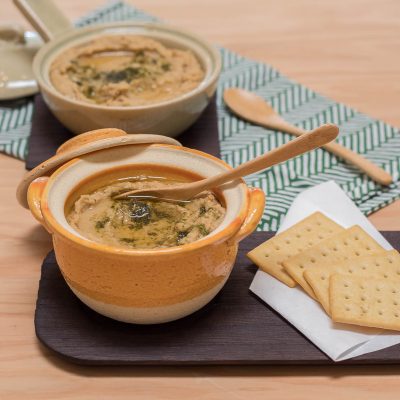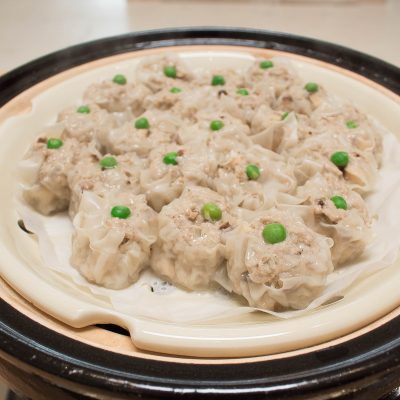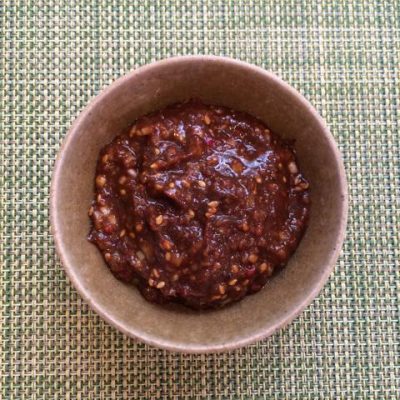My donabe Seafood Chirashi Sushi (Seafood scattered over sushi rice) is really simple to make, and it always comes out so festive and delicious! Double-lid Donabe Rice Cooker, Kamado-san can make the perfectly shiny sushi rice, and you just need to decorate the rice with your choice of sashimi quality seafood and vegetables. That’s it. I normally buy extra amount of seafood so I can serve any remainder on the side.
For those who want to know where I buy my seafood from, I love Kai Gourmet! They have the sustainably sourced premium sashimi quality seafood and deliver to your door, anywhere in the US. I can order by midnight and get my order overnight. I have been a huge fan of Kai Gourmet for many years.
This time, I partnered with Kai Gourmet and have a promo code for you. Visit their website and enter the below code to receive 10% discount for your order (full priced items only). Hope you will try their seafood!
Website: https://kaigourmet.com/
Promo Code: ToiroKai10























